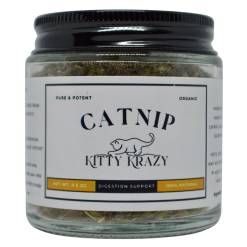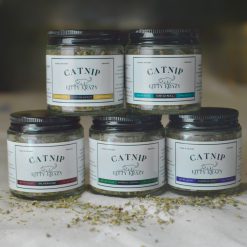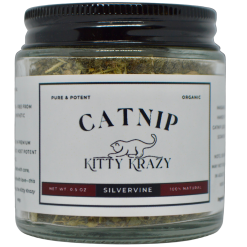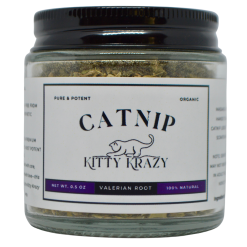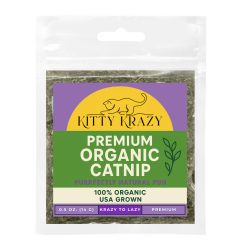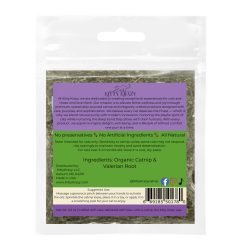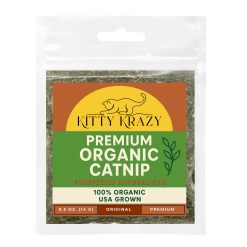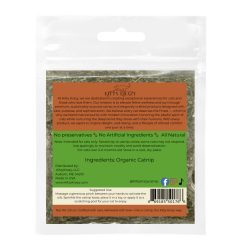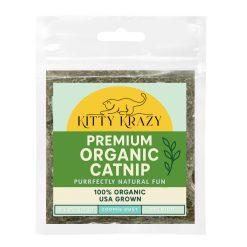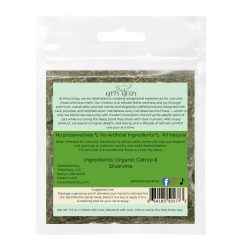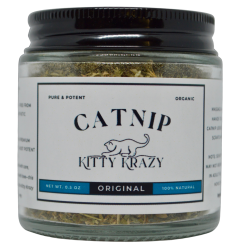-
Bol, S., & Bunnik, E. M. (2017). Understanding catnip (Nepeta cataria) and related plant responses in domestic cats: A review. Journal of Feline Medicine and Surgery, 19(8), 775–781. https://doi.org/10.1177/1098612X17703595
-
Bol, S., Caspers, J., Buckingham, L., Anderson-Shelton, G. D., Ridgway, C., Buffington, C. A., & Bunnik, E. M. (2017). Responsiveness of cats (Felis catus) to silver vine (Actinidia polygama), Tatarian honeysuckle (Lonicera tatarica), valerian (Valeriana officinalis), and catnip (Nepeta cataria). BMC Veterinary Research, 13(1), 70. https://doi.org/10.1186/s12917-017-0987-6
-
Claws and Purrs. (n.d.). Cat grass: Why it’s important. Claws and Purrs. Retrieved May 9, 2025, from https://clawsandpurrs.com/cat-grass-why-its-important
-
Cline, M. G. (2021). Feline nutrition and botanical enrichment. Journal of Feline Medicine and Surgery.
-
Cline, M. G. (2021). Nutrition and botanical supplements for feline health. Journal of Feline Medicine and Surgery.
-
Ellis, S. L. H., et al. (2017). A systematic review of catnip and its behavioral effects on domestic cats. Applied Animal Behaviour Science, 195, 1–7. https://doi.org/10.1016/j.applanim.2017.05.001
-
Epic Gardening. (n.d.). Catnip: Grow your own feline fun. Epic Gardening. Retrieved May 9, 2025, from https://www.epicgardening.com/catnip-2/
-
Freepik. (n.d.). Green branch of parsley and dill on white isolated background [Photograph]. Freepik. Retrieved May 9, 2025, from https://www.freepik.com/premium-photo/green-branch-parsley-dill-white-isolated-background_42827277.htm
-
Gardenia.net. (n.d.). Actinidia polygama (Silver vine). Gardenia. Retrieved May 9, 2025, from https://www.gardenia.net/plant/actinidia-polygama
-
Kubala, J. (2019, March 7). Valerian root: Benefits, dosage, and side effects. Healthline. Retrieved May 9, 2025, from https://www.healthline.com/nutrition/valerian-root
-
Lefebvre, S. L., et al. (2008). Veterinary herbal medicine. Elsevier Health Sciences.
-
Morgan, D. M. (2019). Safe herbs for cats. American Holistic Veterinary Medical Association.
-
Tucker, A. O., & Tucker, S. S. (1988). Catnip and the catnip response. Economic Botany, 42(2), 214–231. https://doi.org/10.1007/BF02858954
-
Uenoyama, R., Miyazaki, T., Hurst, J. L., Beynon, R. J., & Takahashi, E. (2021). The behavioral effects of cat-attracting compounds from catnip, silvervine, Tatarian honeysuckle, and valerian root in domestic cats. BMC Veterinary Research, 17(1), 1–11. https://doi.org/10.1186/s12917-021-02915-8
-
Veterinary Centers of America (VCA). (2020). Is it safe for cats to eat grass? https://vcahospitals.com
 Catnip (Nepeta cataria) is a natural, aromatic herb from the mint family, loved by cats for its uplifting, playful effects. The active compound responsible is called nepetalactone, found naturally in the leaves, stems, and seeds of the plant.
Catnip (Nepeta cataria) is a natural, aromatic herb from the mint family, loved by cats for its uplifting, playful effects. The active compound responsible is called nepetalactone, found naturally in the leaves, stems, and seeds of the plant.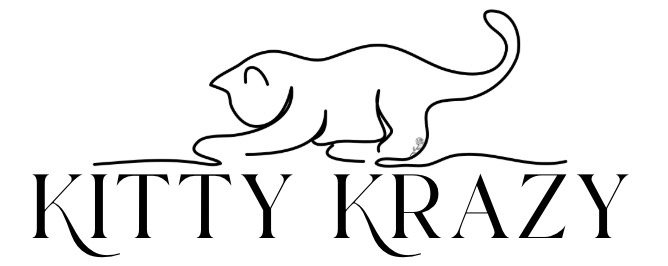
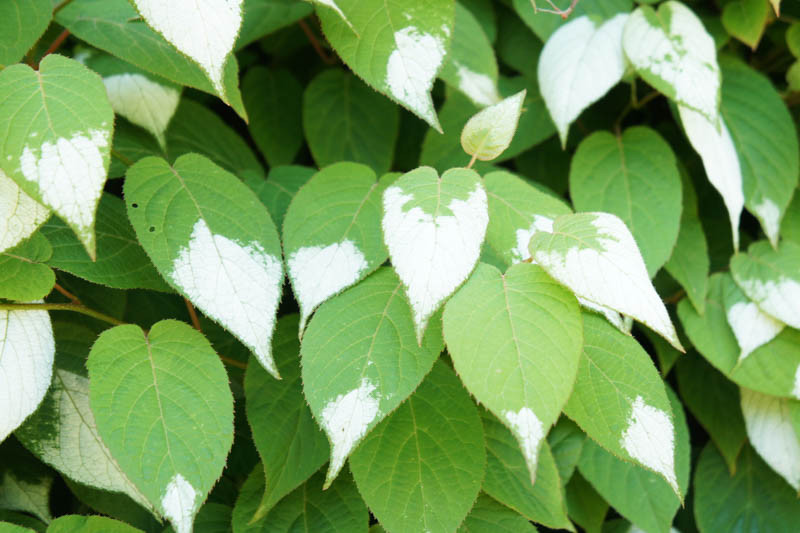
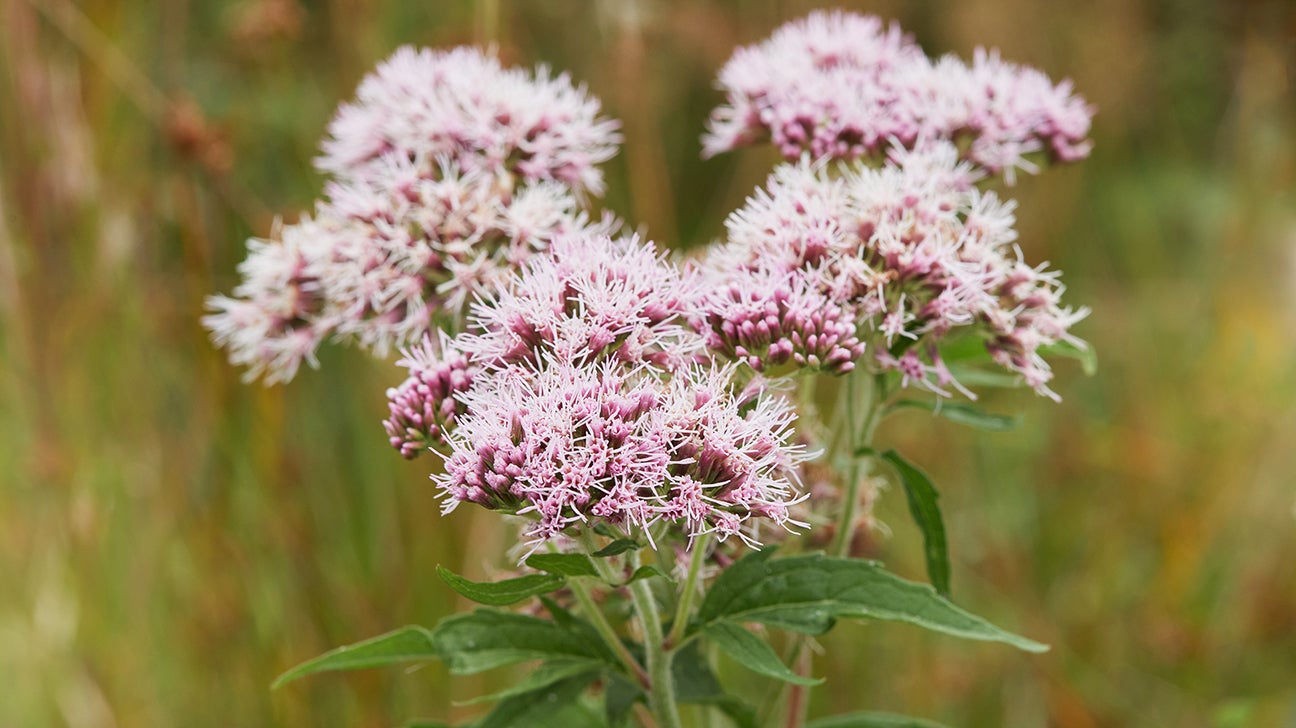 Valerian Root (Valeriana officinalis) is a natural herb native to Europe and Asia, well-known in herbal medicine for its calming properties in humans — but it has surprising, playful effects on many cats too! Valerian Root contains natural compounds that can trigger euphoric, energetic, and cuddly behaviors in cats, making it a fantastic alternative to catnip.
Valerian Root (Valeriana officinalis) is a natural herb native to Europe and Asia, well-known in herbal medicine for its calming properties in humans — but it has surprising, playful effects on many cats too! Valerian Root contains natural compounds that can trigger euphoric, energetic, and cuddly behaviors in cats, making it a fantastic alternative to catnip.


